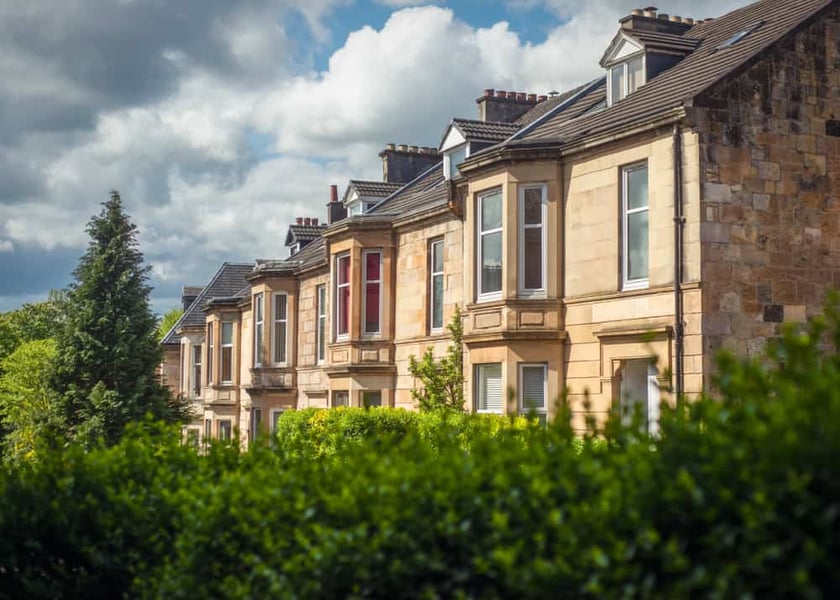This follows on from the ending of the LBTT (Land and Buildings Transaction Tax) holiday at the end of March 2021, which saw April’s average house price decline by £2,450 (-1.2%).

House prices in Scotland continued to fall in May dropping by £250, or -0.1%, the Walker Fraser Steele Accadata house price index has shown.
This follows on from the ending of the LBTT (Land and Buildings Transaction Tax) holiday at the end of March 2021, which saw April’s average house price decline by £2,450 (-1.2%).
Orkney and Shetland Islands have the highest annual house price growth in Scotland whilst Aberdeen City sees the largest rise in prices in May on the mainland.
Transactions also returned to near-normal levels in May.
Alan Penman, business development manager at Walker Fraser Steele, said: “The market has undoubtedly softened in terms of transaction numbers. As the end of the LBTT (Land and Buildings Transaction Tax) holiday drew nearer, many purchasers made a concerted effort to bring forward their purchases into March 2021 to take advantage of the tax break. The impact of the tax holiday should not be underestimated. The number of sales in Q1 2021 and compared with Q1 2020 are up by 39% quarter on quarter.
“The decline in transactions since the end of March has dampened prices slightly.
"We saw the fall in April’s average house price of £2,450 (-1.2%), and May’s further decline of £250 ( -0.1%). But this must be seen in the overall context of an otherwise very resilient Scottish housing market.
"The average house price in Scotland passed the £200,000 threshold in January 2021 and at the end of May now stands at £203,811.
“Many people will be wondering what next for Scottish house prices. The summer traditionally brings good tidings for sellers and buyers as longer days and better weather often means more viewings.
"Combined with a lack of overall supply, increased competition for the homes that are available can support values. But this market is unique and our collective confidence in the national response to the pandemic and appetite to continue moving as a nation at the current rate will underpin what happens next.”



